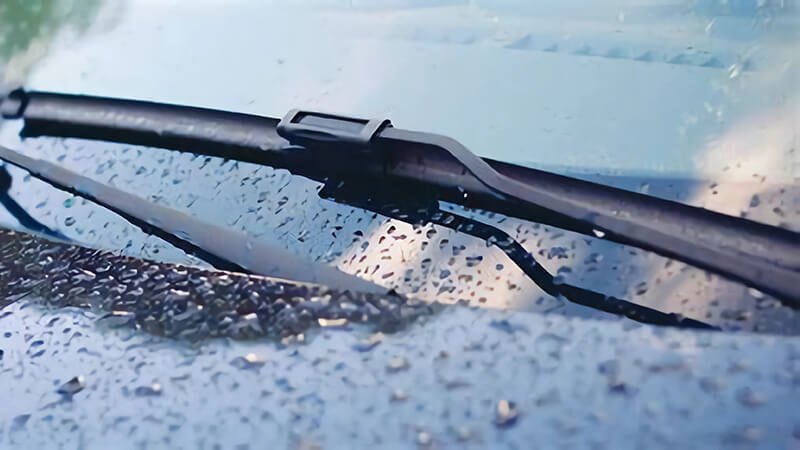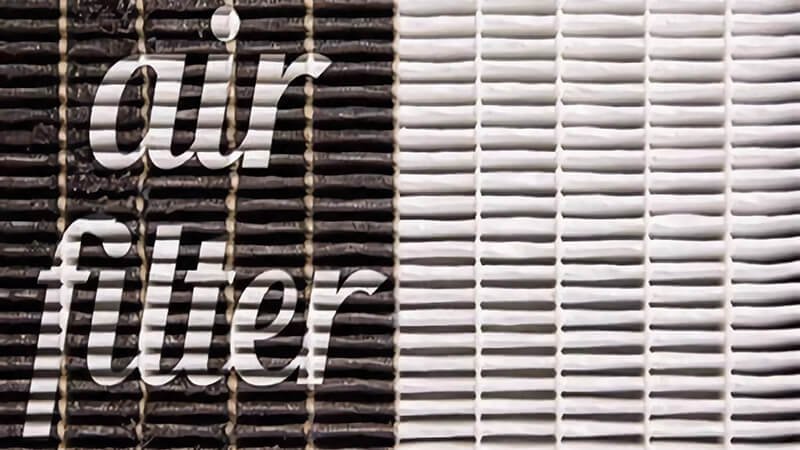If you're running a fleet, managing a dealership, or just replacing brake pads on a daily driver—costs matter. But not all brake pads are created equal, and the cheapest option usually isn’t the best one.
Replacing brake pads can cost anywhere from £100 to £350 per axle, depending on your vehicle type and pad material. Ceramic and semi-metallic options offer better value over time.
Switching brake pads isn’t just about parts—it’s about downtime, wear on rotors, customer satisfaction, and safety. I’ve seen too many wholesalers and fleet managers focus only on upfront price and end up paying more in the long run. Here’s how I explain the real cost.

How much does it cost to replace all 4 brake pads?
Even though people often talk about axle prices, in reality, most cars need replacements on both front and rear. And yes—doing all 4 pads adds up fast.
Replacing all 4 brake pads usually costs between £200 and £700 depending on pad material, vehicle type, and labor. Ceramic or semi-metallic brake pads can increase upfront cost but save money long-term.
Why the variation in pricing?
In my experience, wholesalers and fleet managers often ask why the range is so wide. Here's the truth: materials matter. Basic organic pads1 are cheaper but wear out quickly. Semi-metallic pads cost more but offer better heat dissipation and stopping power. Ceramic pads—our specialty at Runex Auto—are even quieter and cause less rotor wear.
| Brake Pad Type | Average Cost per Axle | Lifespan Estimate | Noise Level | Rotor Impact |
|---|---|---|---|---|
| Organic | £100–£150 | 20,000–30,000 km | High | Moderate |
| Semi-Metallic | £150–£250 | 30,000–50,000 km | Medium | Medium |
| Ceramic (Runex) | £200–£350 | 50,000–70,000 km | Low | Low |
I always advise clients to look beyond the sticker price. For example, one UK client using budget pads was getting nonstop complaints—squeaking brakes, fast wear, and unhappy customers. After switching to our ceramic brake pads2, they saw a 70% drop in complaints and landed a new contract with a logistics fleet.
That’s why I pitch cost in context. Sure, ceramic costs more at first. But fewer replacements, smoother braking, and less rotor damage change the full picture.
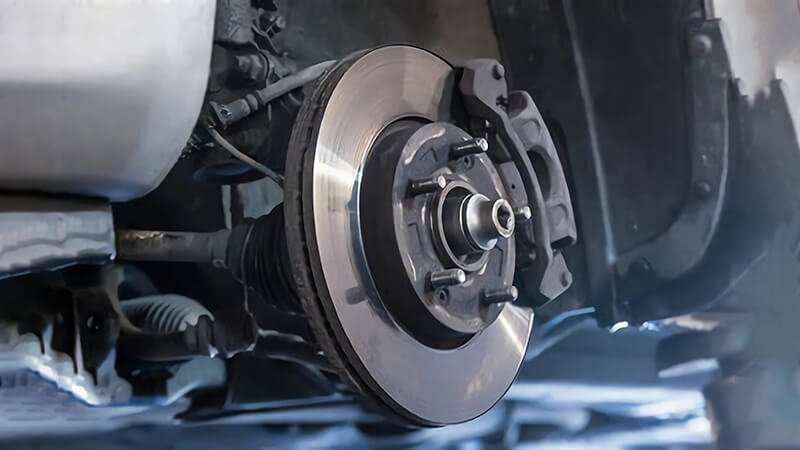
How much should I pay to change my brake pads?
This is one of the most common questions I hear from both DIY car owners and procurement teams. The answer depends not just on labor rates, but on how often you want to change them.
You should expect to pay around £100–£200 per axle for standard pads, and £200–£350 for high-performance or ceramic ones. Labor rates vary by region, and fleet volume can reduce per-unit costs.
Breaking down what you're paying for
There are two cost centers: the parts and the labor. The parts—this is where Runex Auto comes in—are often misunderstood. A cheaper pad isn’t really cheaper if it wears out twice as fast or causes rotor damage.
Here’s how I break it down when talking to clients:
| Cost Item | Standard Pads | Runex Ceramic Pads3 |
|---|---|---|
| Part Cost (per axle) | £100 | £200–£250 |
| Labor Cost | £50–£100 | £50–£100 |
| Replacement Frequency | 2x per year | 1x per year |
| Total Yearly Cost | £300–£400 | £250–£350 |
Even when ceramic pads cost more upfront, they can lower your annual cost4. For fleet operators, every service call avoided means time saved, not just parts.
One distributor I work with in Birmingham told me they were constantly chasing returns and handling complaints. Their cost wasn’t just in refunds—it was in lost trust. Once they moved to Runex ceramic pads, those problems dropped, and customer satisfaction grew.
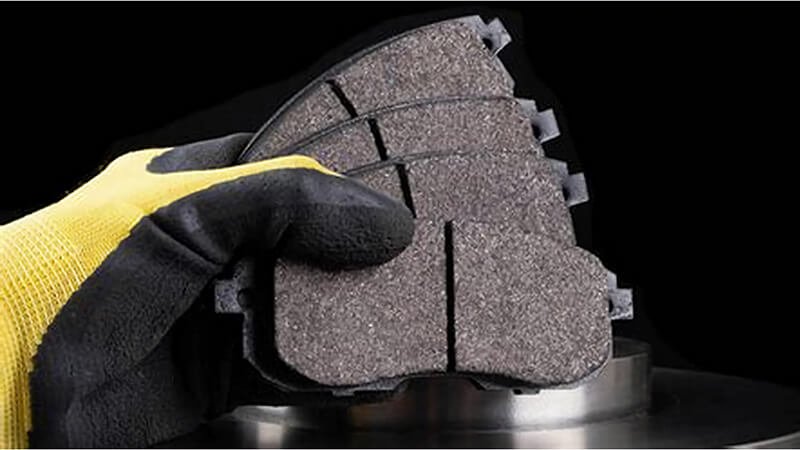
How much will it cost to get all brake pads replaced?
Some clients are confused by mixed quotes. "Is that per wheel? Per axle? The whole car?" Here’s how I explain it clearly every time.
Getting all four brake pads replaced typically costs £250–£700, depending on vehicle, labor, and material. Runex Auto ceramic brake pads reduce rotor wear, meaning fewer full brake system overhauls.
Don’t just look at the invoice—look at the system
Brake systems don’t operate in isolation. Poor-quality pads damage rotors. That means instead of a £250 pad replacement, you’re paying £800+ for rotors, calipers, and labor. Our pads are designed to reduce friction temperature and spread braking forces evenly.
Here’s how it adds up:
| Item | Budget Pad | Runex Ceramic Pad5 |
|---|---|---|
| Brake Pad Lifespan | 25,000 km | 60,000 km |
| Rotor Damage Risk | High | Very Low |
| Noise Complaints | Frequent | Rare |
| Average Annual Cost | £400+ | £250–£300 |
One of our European partners told me they switched after spending over £12,000 in one year on rotor replacements. They moved to our Runex ceramic line, and maintenance costs dropped by 35% in the first six months.
Again, the cost to replace is more than a number—it’s a system-wide decision.
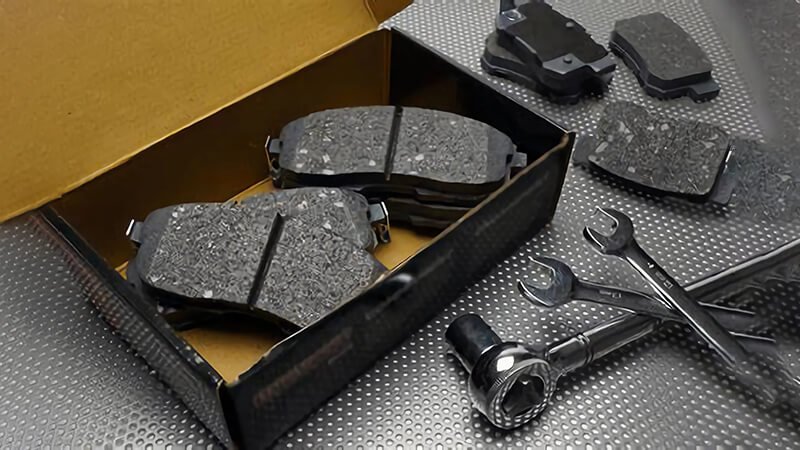
Why are brake pads so expensive?
At first glance, brake pads seem simple—just friction material and a backing plate. But there’s a reason high-performance ones cost more.
Brake pads are expensive because material science, safety standards, and durability all factor into production. Ceramic and semi-metallic pads use advanced compounds that resist heat and last longer, reducing overall vehicle maintenance costs.
What goes into premium brake pads?
Here’s the thing. A good brake pad isn’t just pressed dust and glue. Runex Auto pads, for example, go through heat treatment, noise-dampening shim assembly6, and multiple tests to meet ISO and ECE R90 standards.
| Component | Low-End Pad | Runex Ceramic Pad7 |
|---|---|---|
| Friction Material | Organic mix | Ceramic formula |
| Backing Plate | Standard | Powder-coated |
| Noise Insulation Shim | None | Multi-layered |
| Certification | None | ECE R908, ISO9001 |
Our ceramic pads also reduce brake dust—less mess on alloy wheels—and maintain stable performance in both high and low temperatures. That means safer braking and fewer returns.
When I explain this to buyers, especially ones managing rebranded SKUs, they begin to see the logic. If a pad reduces complaints, boosts customer satisfaction, and lasts longer—it earns its price.
I had one fleet buyer who pushed back on the cost at first. Six months in, he came back and told me: “Your pads saved us more than they cost.”
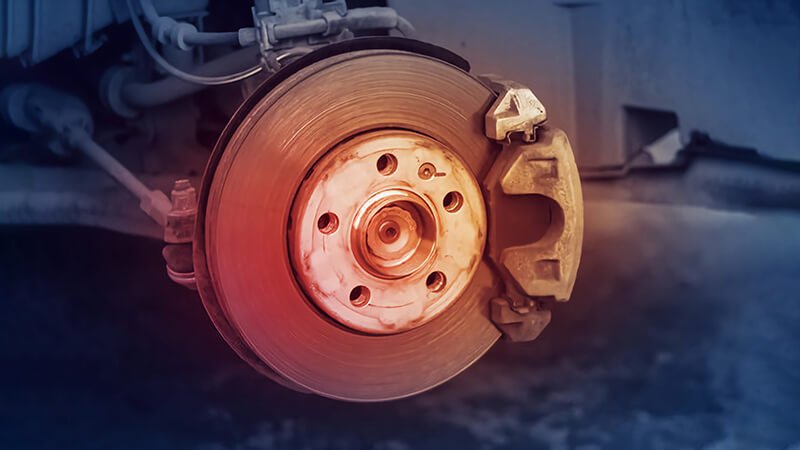
Conclusion
Brake pad9 replacement costs depend on materials, labor, and long-term performance. But after working with wholesalers and fleet operators across Europe and beyond, I’ve learned one thing: paying a little more for quality—especially for Runex ceramic or semi-metallic pads—saves money, time, and reputation. If you want fewer returns, quieter brakes, and happier clients, don’t just buy cheap. Buy smart.
-
Understand the limitations of organic pads to avoid common issues like fast wear and noise in your braking system. ↩
-
Explore the advantages of ceramic brake pads, including noise reduction and longevity, to make informed purchasing decisions. ↩
-
Explore the advantages of Runex Ceramic Pads to understand how they can save you money and improve vehicle performance. ↩
-
Learn effective strategies to lower your annual car maintenance costs, ensuring better budgeting and savings. ↩
-
Explore the advantages of Runex Ceramic Pads, which can significantly reduce maintenance costs and improve brake performance. ↩
-
Learn how noise-dampening shim assembly enhances braking comfort and reduces noise, making your driving experience smoother. ↩
-
Explore the advantages of Runex Ceramic Pads, including durability and performance, to make an informed choice for your vehicle. ↩
-
Understanding ECE R90 certification can help you choose safer and more reliable brake pads for your vehicle. ↩
-
Finding the best OEM Brake pads for your need. ↩








